Larnaca is a city with centuries of history, where architecture tells the stories of Cyprus' rich cultural heritage. Old buildings, whether elegant colonial houses or cosy Cypriot houses in traditional neighbourhoods, are attracting more and more attention from investors. However, the question of whether it is worthwhile investing in the restoration and renovation of these properties requires a thorough understanding not only of the possibilities, but also of the legal aspects and costs of such projects.
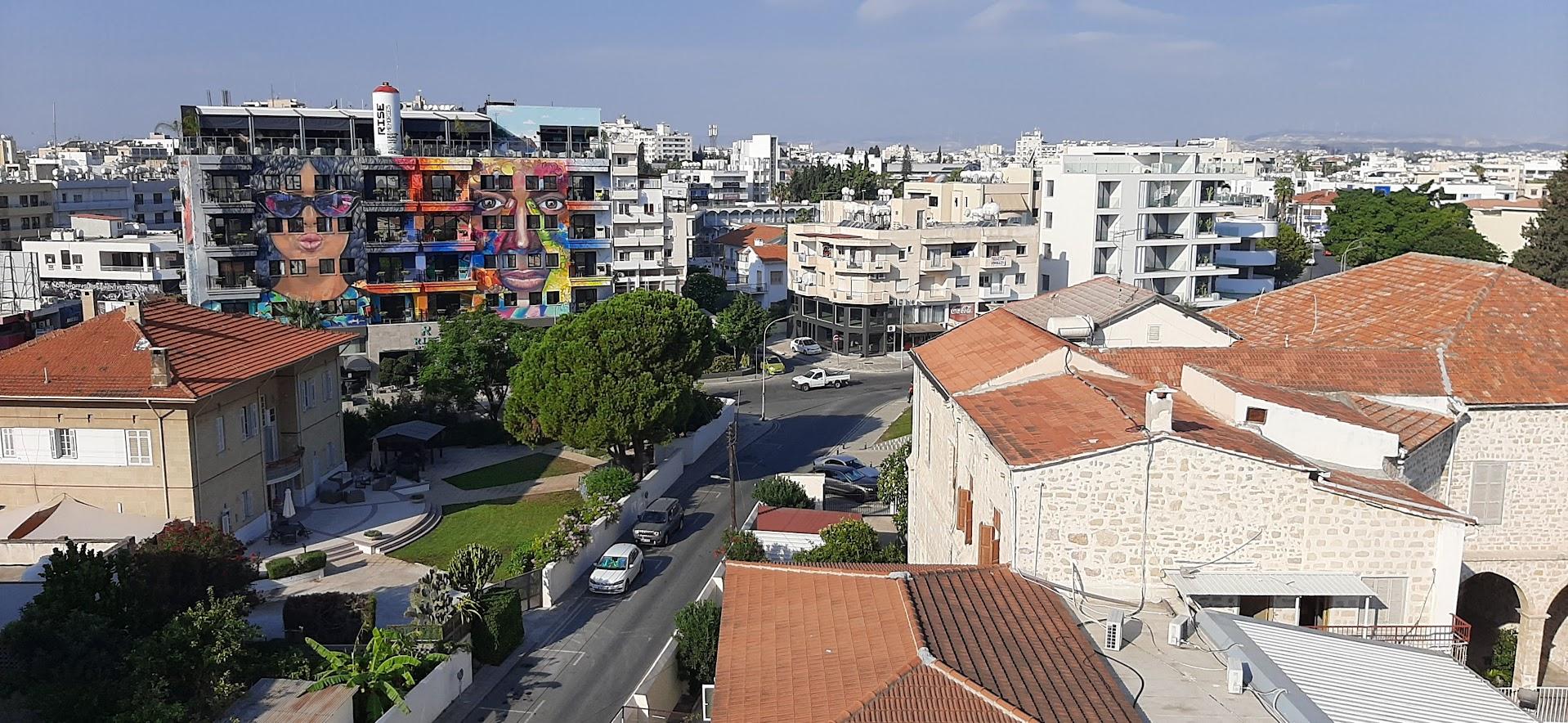 Why can Larnaca's old buildings be interesting for investment?
Why can Larnaca's old buildings be interesting for investment?
- Architectural uniqueness. Old buildings have a character and aesthetics that cannot be replicated in modern new buildings. Such houses become objects for architectural connoisseurs, who see in them a special atmosphere and style that has developed over the centuries. Historic facades, original interiors, high ceilings and spacious balconies often attract the attention of tourists and locals.
- Good location. Many old houses in Larnaca are located in central areas, close to cultural and historical landmarks, making them attractive for businesses such as boutique hotels, restaurants or art galleries. In the residential segment - such properties are becoming excellent options for long term rentals or family living in the centre.
- Rising property prices. Over time, property values in the central areas of Larnaca continue to rise and the restoration of old houses can significantly increase their market value. In addition, the programme to attract foreign investors to Cyprus encourages property investment. In this sense, projects with added historical and cultural value are as good as new buildings.
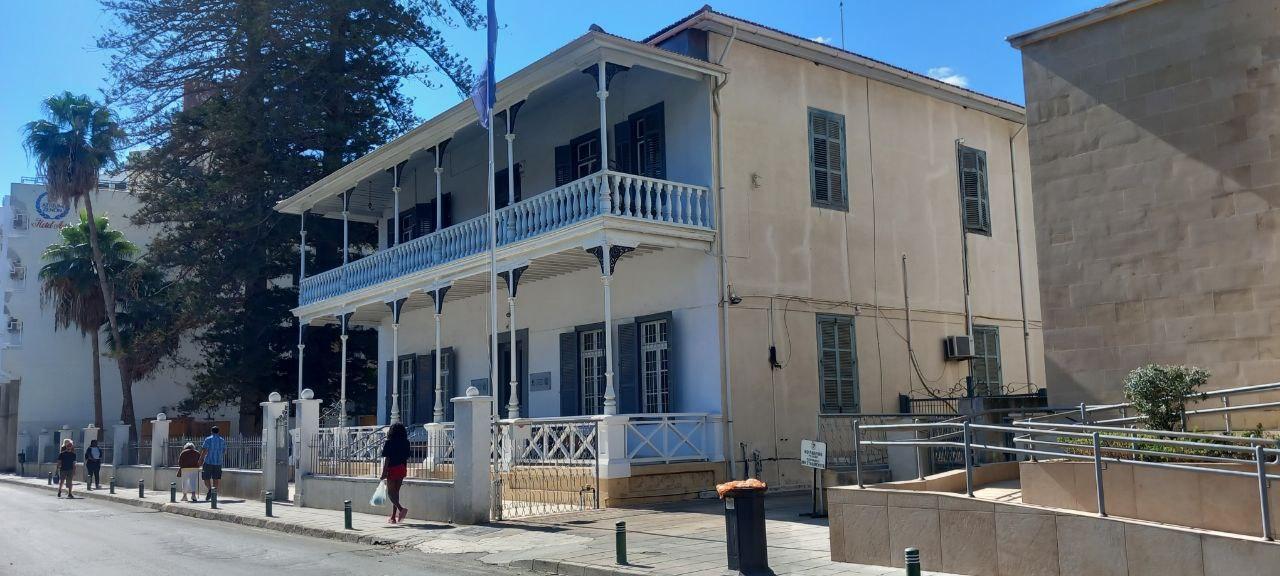
The building above is part of the historical heritage of Larnaca and is open to the public. It is the home of the Pierides family, who bequeathed valuable scientific and philanthropic collections to the people of Larnaca, which can be viewed in this museum.
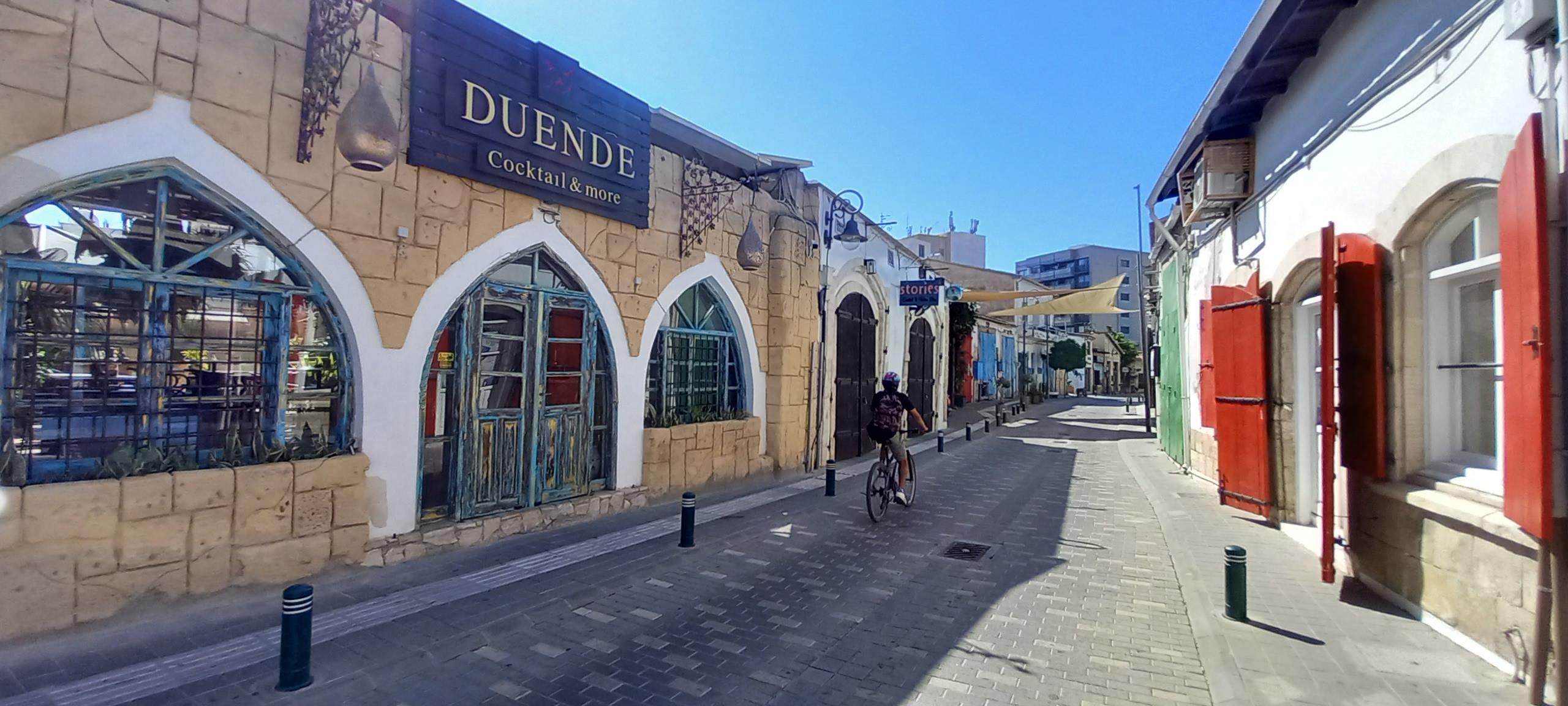
What legal aspects should be considered when renovating old buildings?
When investing in old houses, it is important to be aware that such properties are often protected by the state, especially if they are of historical or cultural value. In Cyprus, including Larnaca, there is legislation governing the restoration and renovation of such buildings:
- Restoration Permit. All necessary permits must be obtained from the local authorities before any renovation work can begin. This includes an assessment of the building's condition and architectural value. If the property is recognised as a heritage site, any changes must meet strict requirements.
- Protect the historic appearance. There is a legal obligation to preserve the exterior of the building to maintain its historic integrity. This may limit the scope for modernisation and the addition of modern features. However, such restoration projects can often qualify for government grants or tax incentives.
- Ownership. Some older buildings may have multiple owners, complicating the investment and renovation process. Legal advice before purchase is essential to avoid legal conflicts.
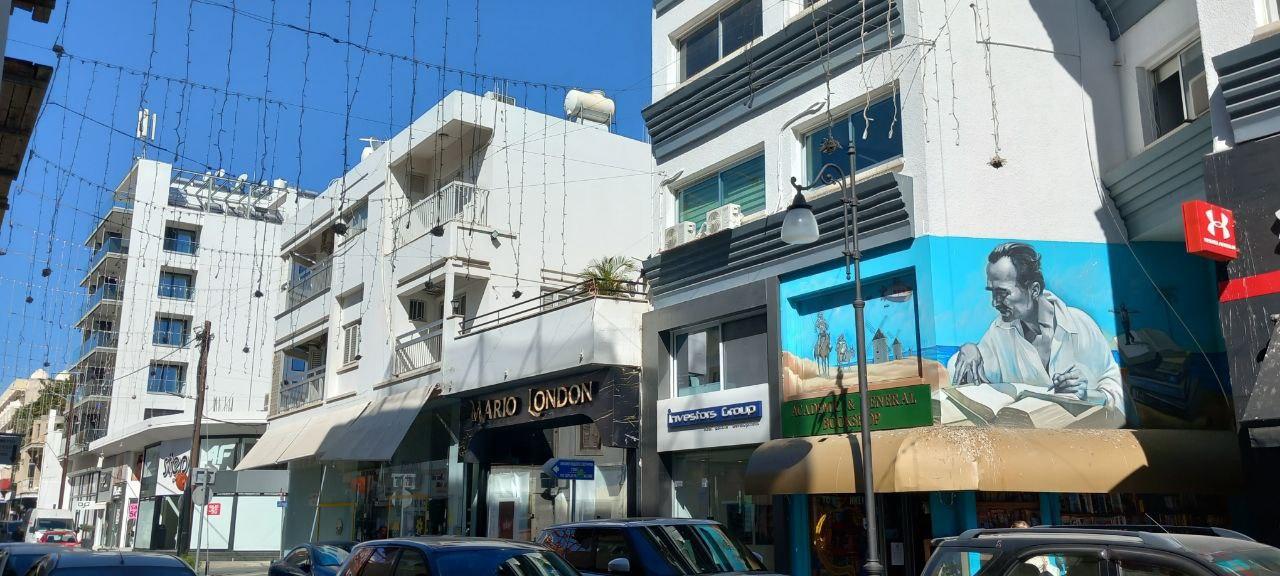
How much does it cost to restore historic houses in Larnaca?
Restoring an old building requires a significant financial investment and the cost can vary depending on a number of factors:
- The degree of deterioration of the building. Some buildings require minimal changes, such as replacing roofs or improving water and electricity. Others may need complete refurbishment, including strengthening the foundations and walls, which can add significantly to the cost.
- Quality of materials and workmanship. It is important to choose materials that are sympathetic to the historic appearance of the house and to hire professionals who can carry out the restoration work competently. This work can cost more than a standard new build renovation.
- Permitting and design costs. Legal and administrative costs such as permits, architects and engineers can be a significant part of the budget.
On average, the cost of restoring a period house can range from €800 to €1,500 per square metre, depending on the complexity of the project and the level of restoration.
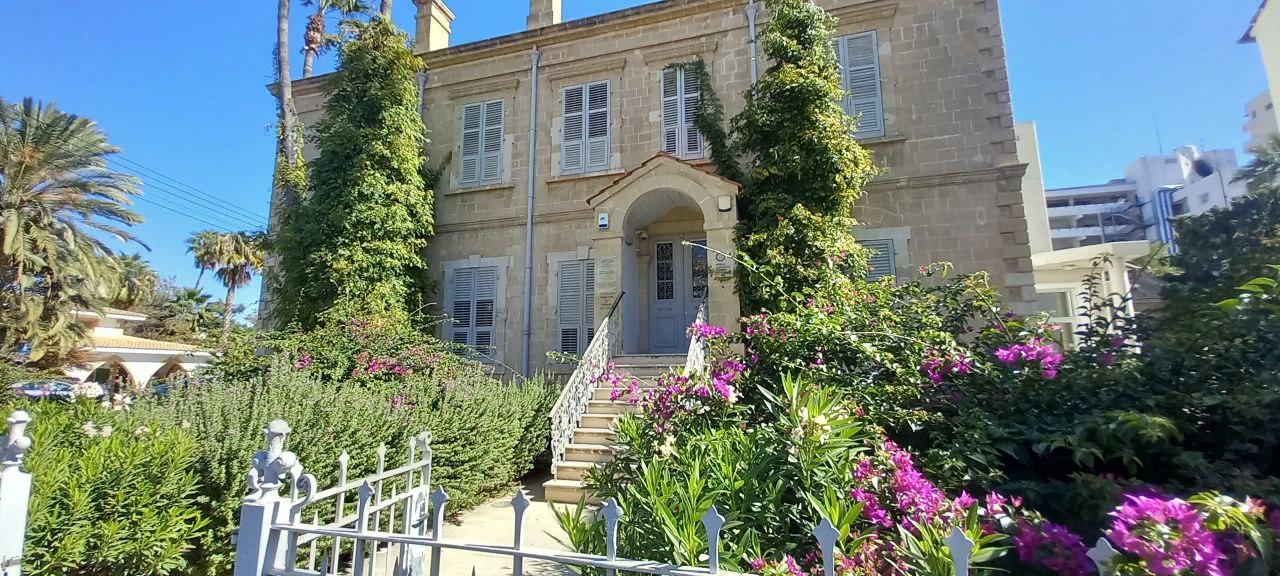
Examples of successful projects
Several renovation projects of historic buildings in Larnaca have already been successfully completed, inspiring new investors:
- In Larnaca, the restoration of the historic Larnaca Club building, once the ancestral home of the Matti family and the island's first tennis club, has been completed. Thanks to EU support, the building has been restored and now functions as a multi-purpose centre for creativity and culture, housing museums, exhibition halls and workshops. The renovated courtyard will be used for cultural events, including open-air film screenings.
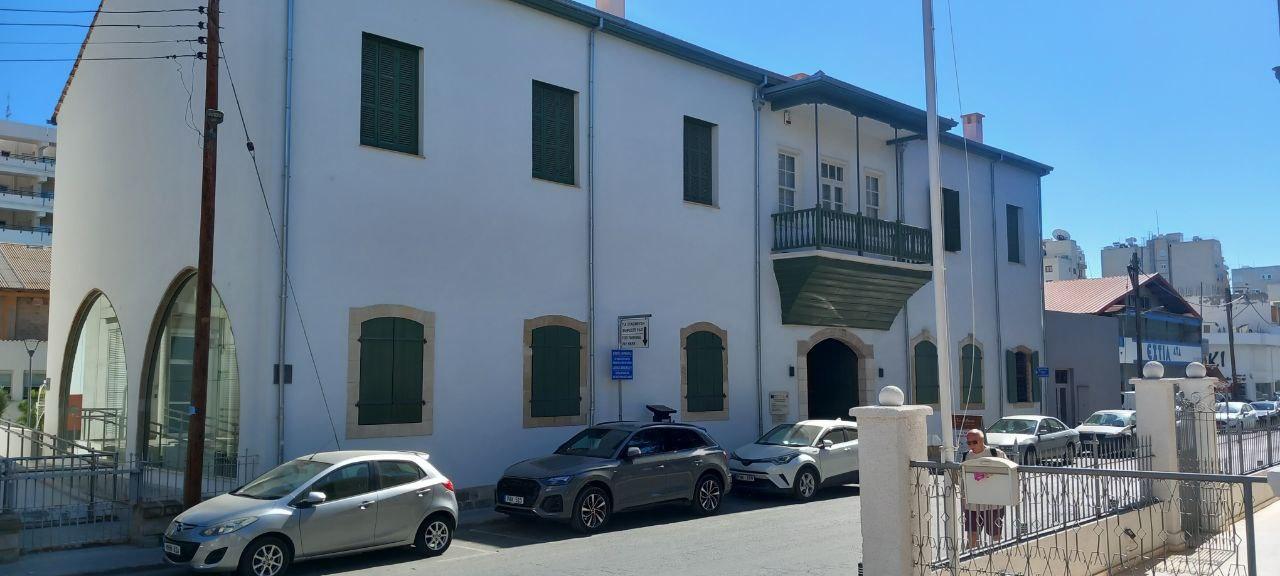
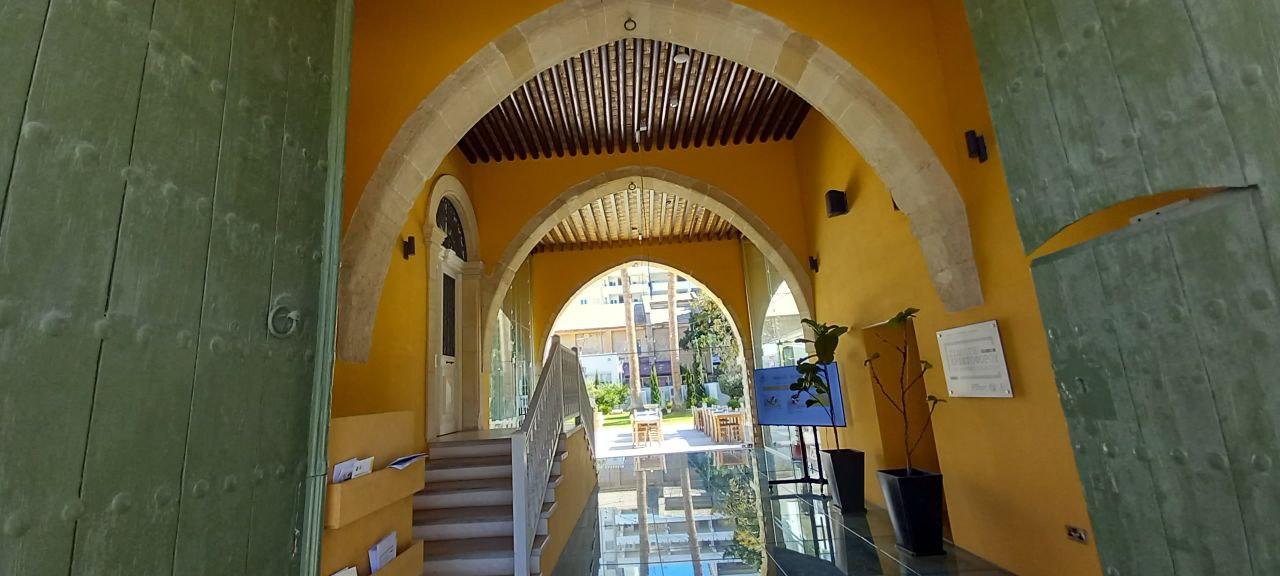
- In Larnaca, the restoration of facades in the historic districts of Zouhouri and Laiki Geitonia has been completed. These works are a continuation of the successful facade restoration projects in the centre of Larnaca.
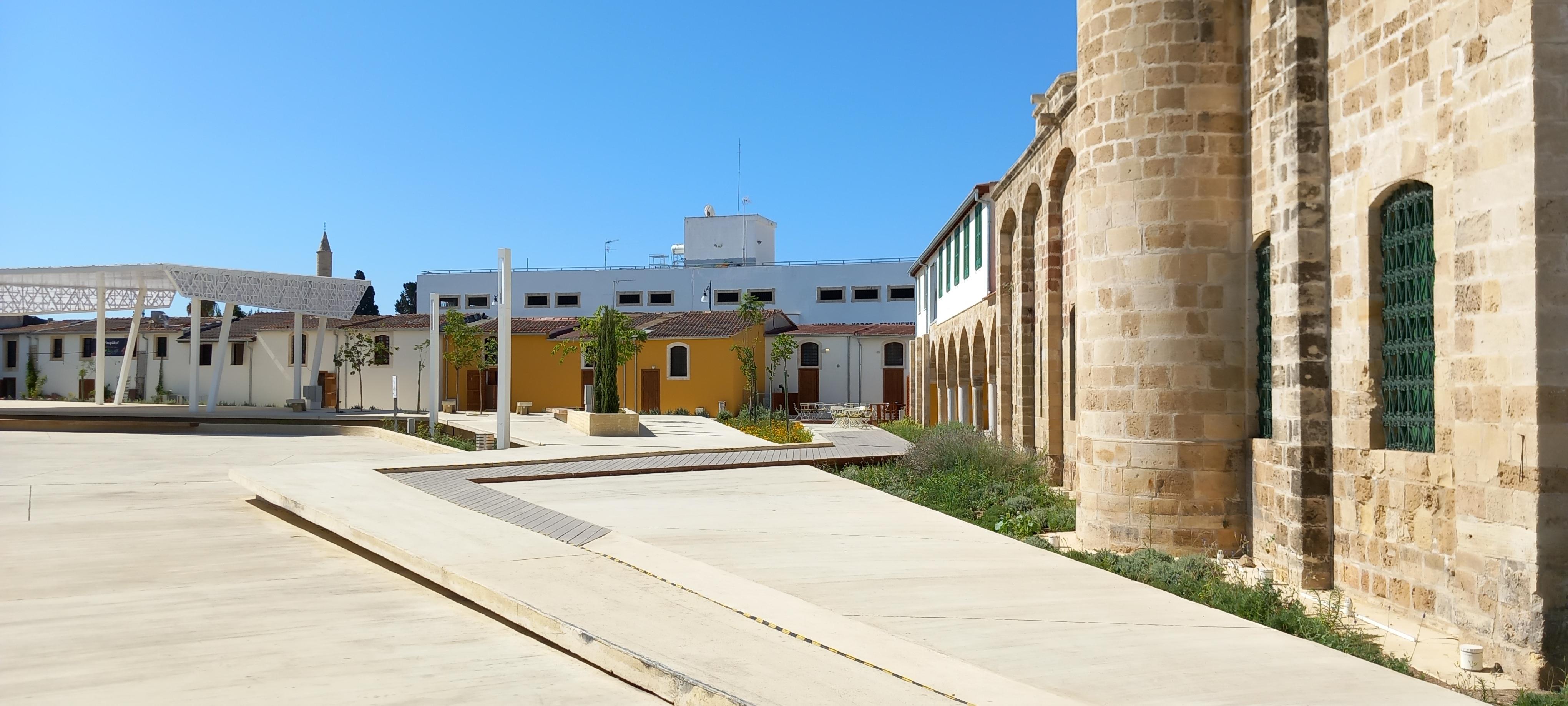
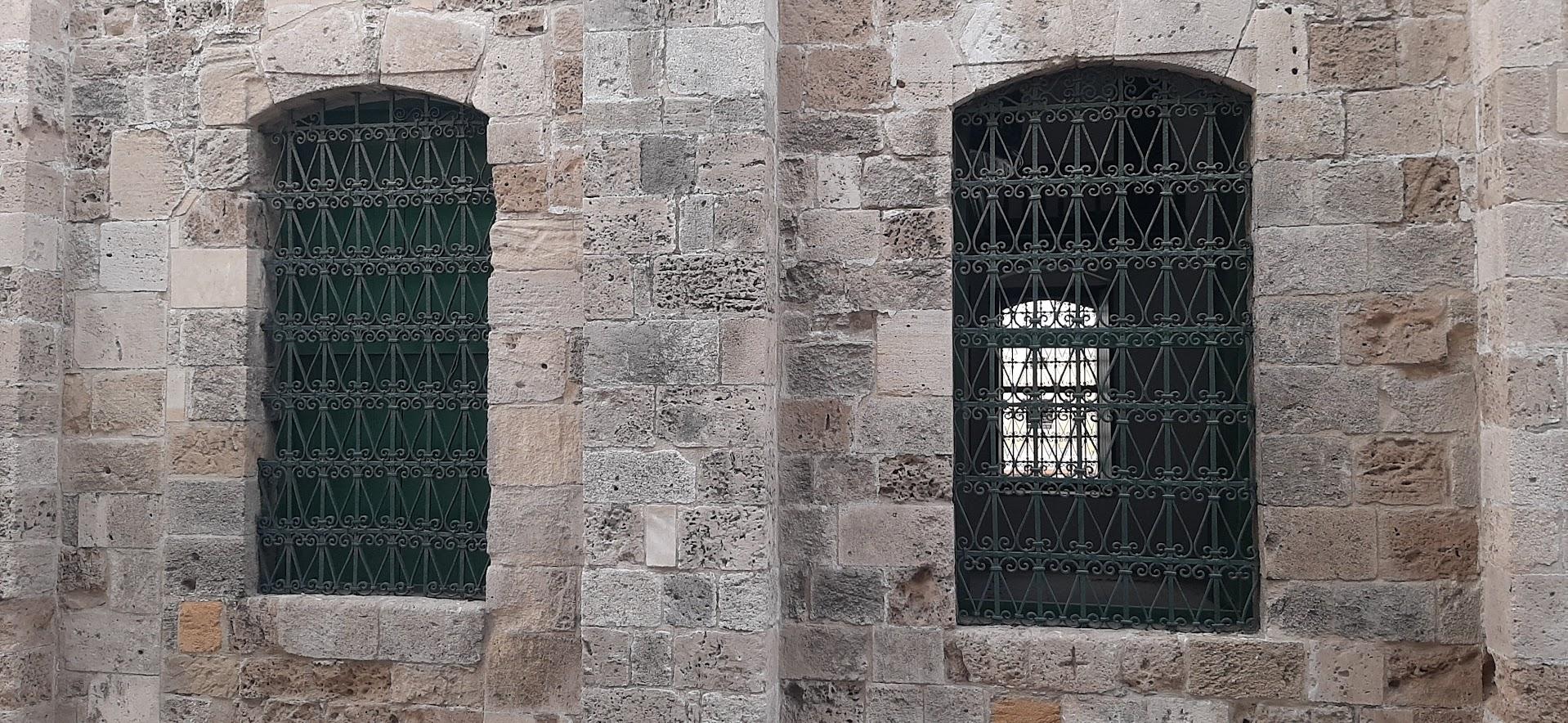
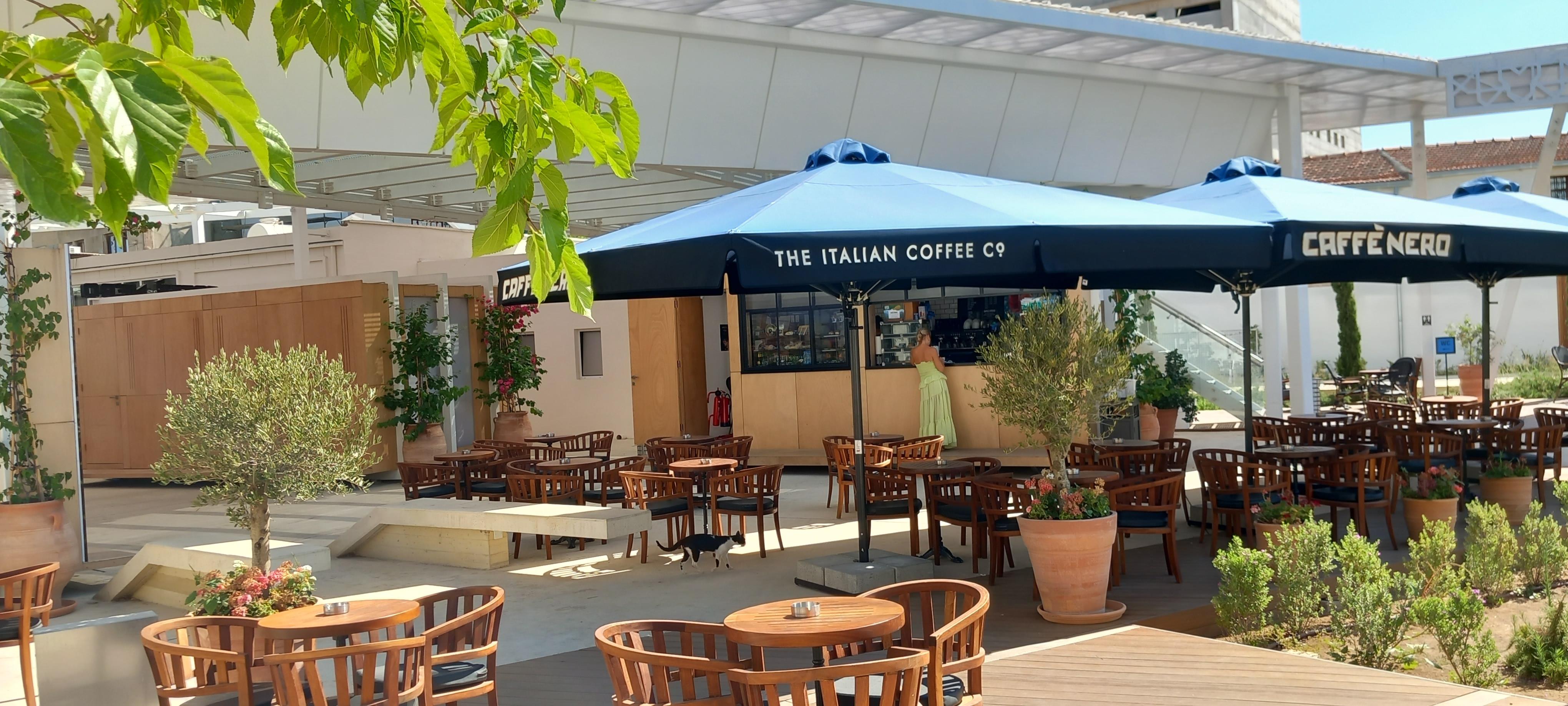
The house below, located directly opposite the central public school on Marcos Drakos Street, has been gradually restored by the owner over the past three years. It is not a historic building, but the elements of antiquity have been successfully preserved.
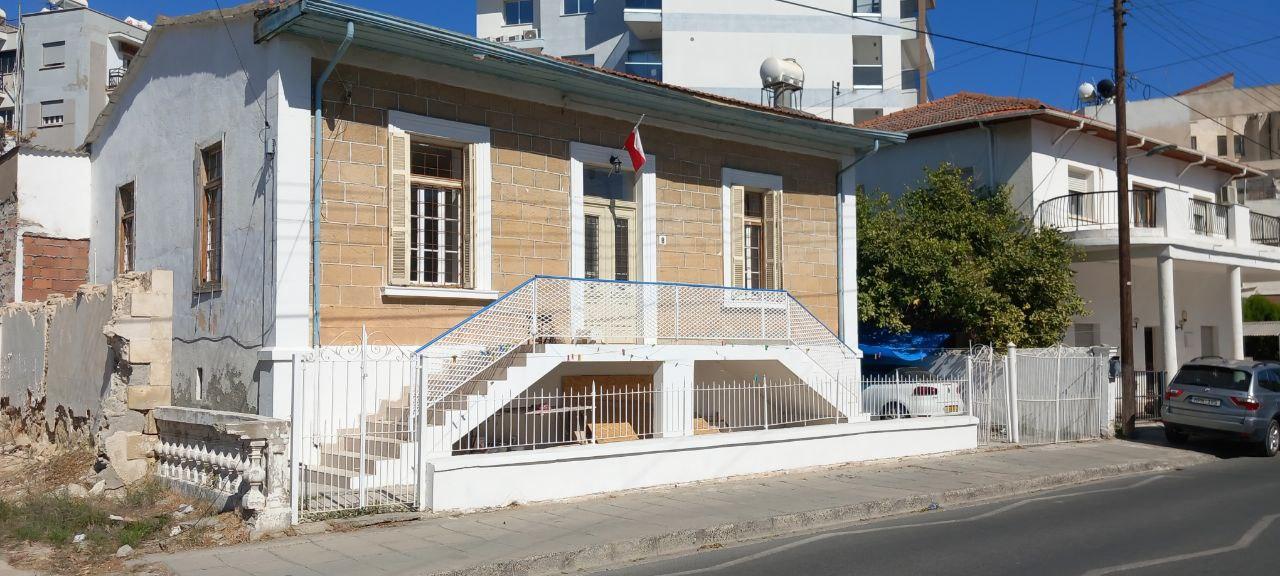
The next recently restored building, with beautiful red shutters on the windows, is one that I personally inspected when I was looking for a house in the centre of Larnaca. Everything inside is brand new, state of the art. Everything except the windows, which were clearly in need of improvement. Hopefully the insulation problem has been solved and there is no wind whistling in the bedrooms.
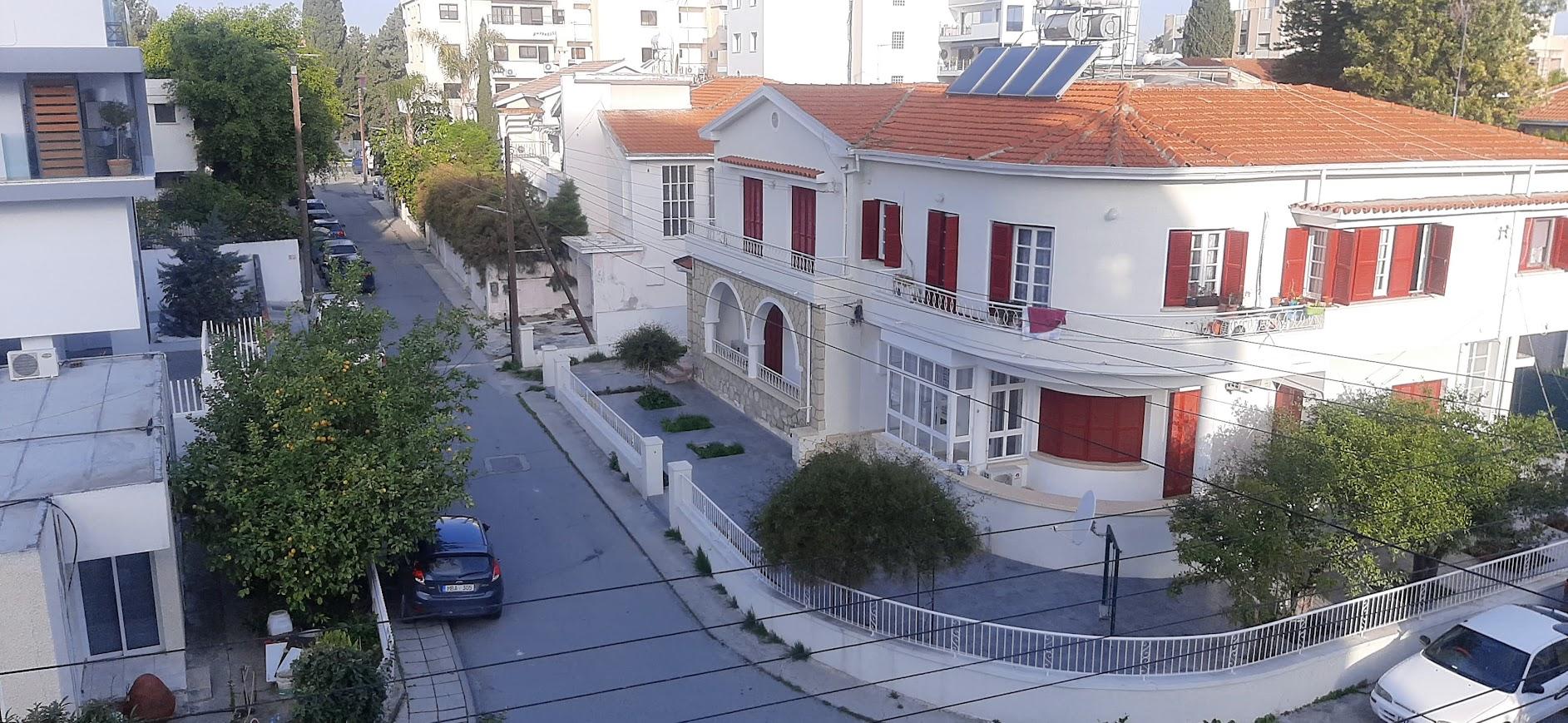
These examples show that properly planned projects can not only be profitable but also contribute to the cultural image of Larnaca. Investing in the renovation and restoration of old houses in Larnaca can be beneficial both financially and in terms of cultural contribution to the city. However, it is important to understand the complexities and nuances of the process, from the legal aspects to the significant cost of restoration. If you are attracted to such projects, plan carefully and consult with professionals to assess the risks and opportunities.
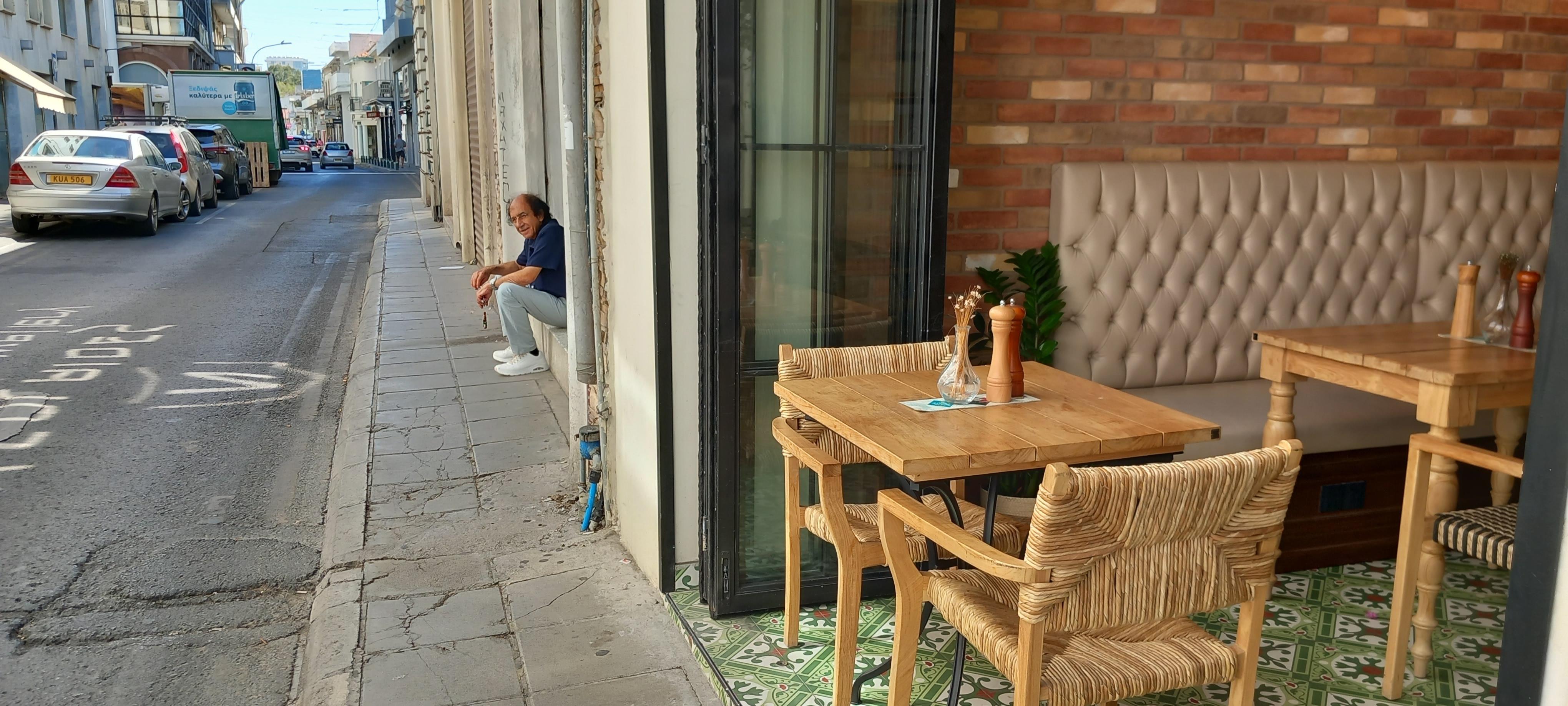
Read also:
- How much money do you need to live comfortably in Cyprus in 2024?
- Larnaca through the eyes of locals: which neighbourhoods do Cypriots choose to live in and why?
- Permanent Residency in Cyprus in 2024
- TOP 5 most popular universities in Cyprus: their advantages and disadvantages
- Transport in Larnaca: How to get around the city and its surroundings?

